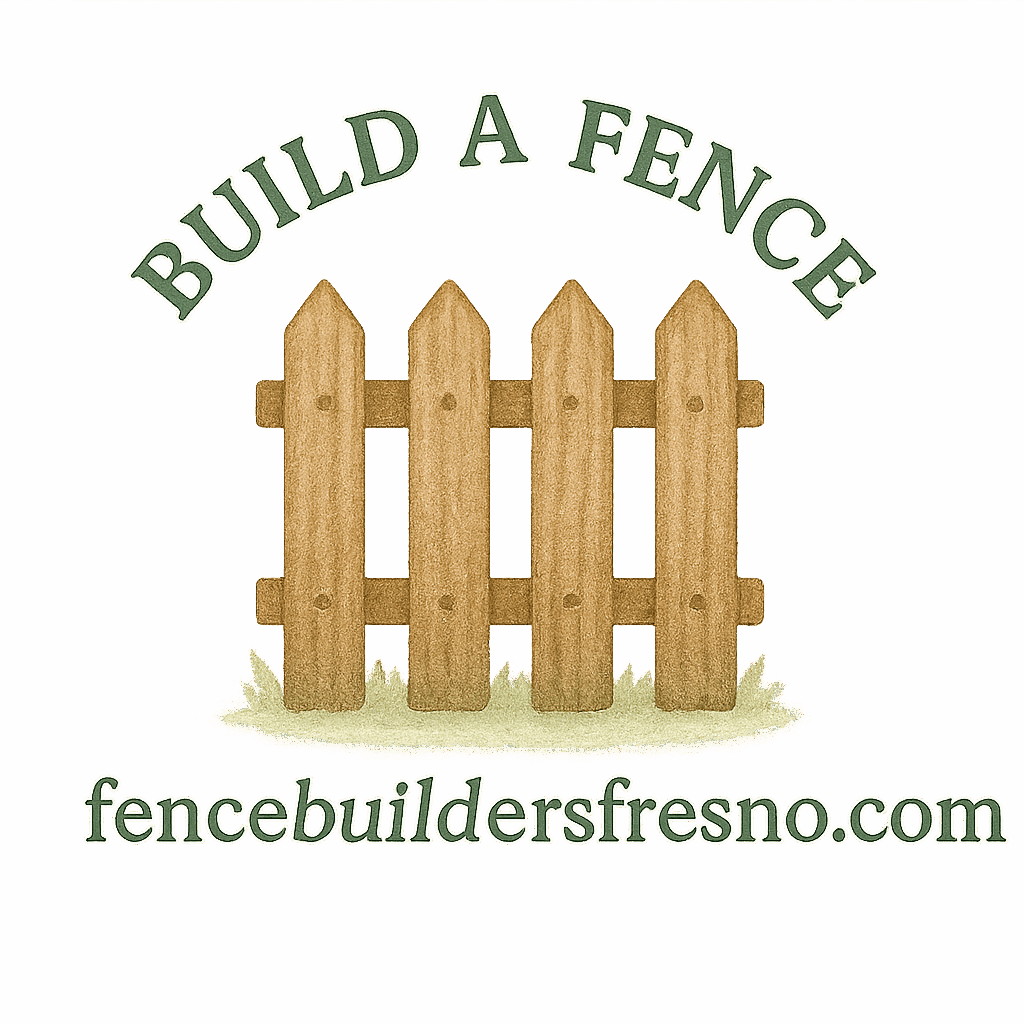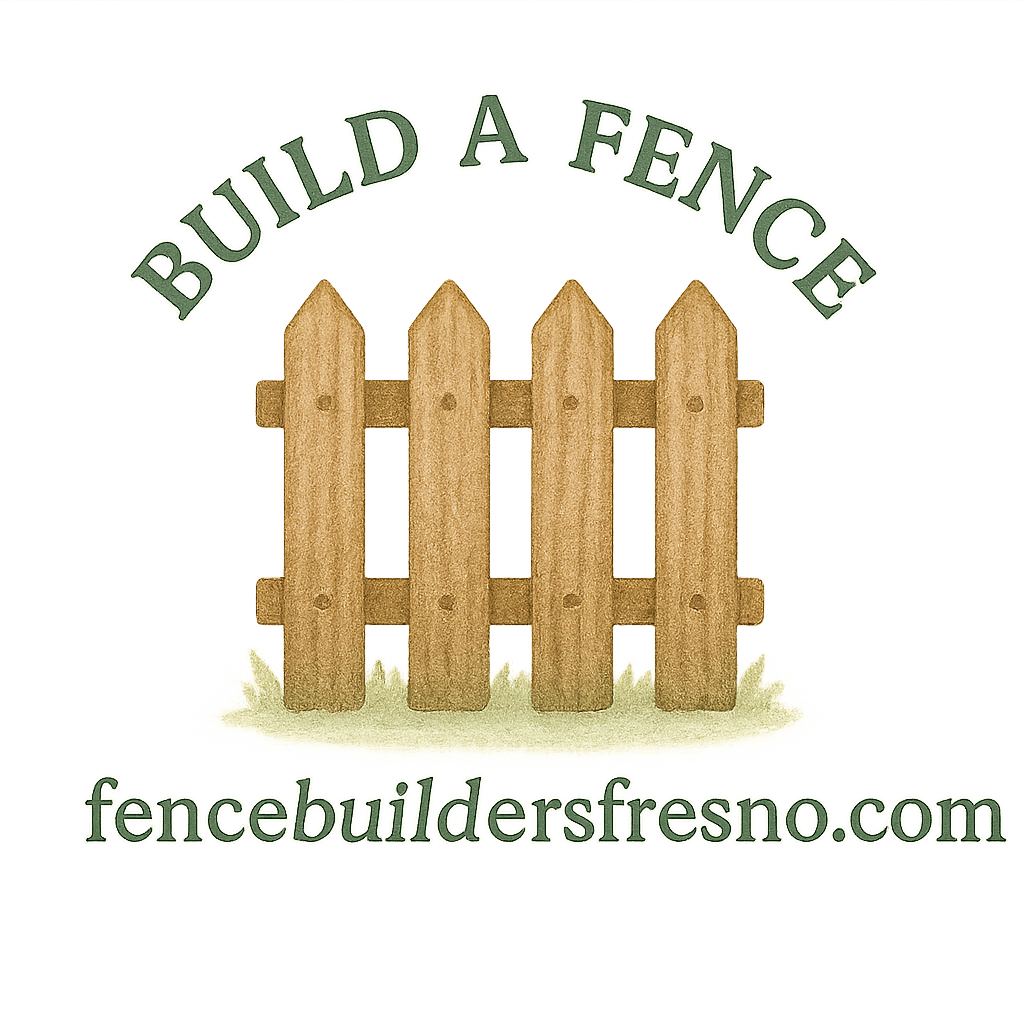Introduction
Let’s face it — fences take a beating from Mother Nature. Whether it’s blazing sun, relentless rain, or heavy winds, your fence is your home’s first line of defense and often the first thing to show wear and tear. But with the right strategies, you can extend the life of your fence dramatically. In this guide, we’re diving into five practical and proven ways to protect your fence from weather damage — all while saving you time, money, and a ton of stress.
Looking to build a fence or already have one standing tall? Either way, the tips below will help. Let’s get into it.
1. Choose Weather-Resistant Materials
Wood Fences vs Vinyl Fences
The first step to a long-lasting fence starts with choosing the right material. Not all fences are created equal when it comes to weather resistance.
Wood is beautiful and classic but highly susceptible to moisture and sun damage. On the other hand, vinyl fencing stands up much better to extreme weather conditions.
Benefits of Vinyl Fencing
Vinyl fences are:
- Moisture-resistant
- Rot-proof
- Low maintenance
- UV-resistant
They’re also perfect for those who prefer a low-maintenance option that doesn’t need frequent care.
Explore more about vinyl fence advantages here.
Pressure-Treated Wood Options
If you love the natural look of wood, go for pressure-treated lumber. It resists rot and insects far better than untreated wood. And with the right wood fence care, it can serve you well for years.
Compare Fence Types for Durability
Still unsure? Our detailed guide on fence types and comparisons breaks it all down so you can make an informed decision based on weather conditions in your area.
2. Apply Protective Coatings Regularly
Waterproof Sealants for Wood
Wood and water don’t get along. Applying a high-quality waterproof sealant will block out moisture and prevent rot. Make it a habit to reseal your wooden fence every 1-2 years, especially after harsh seasons.
Pro tip: Clean the surface thoroughly before sealing — dirt and mold will just get trapped under the layer if you skip this.
UV-Resistant Paint for All Fence Types
The sun is another silent killer. Over time, UV rays can warp and fade both wood and vinyl. A UV-resistant paint or stain adds a layer of protection and gives your fence a fresh, polished look.
For fence painting ideas, check out the decorative fence tips tag.
3. Perform Regular Fence Maintenance
Seasonal Inspection Checklist
Don’t wait for visible damage to take action. Seasonal inspections — once in spring and once before winter — are key. Look for:
- Loose or rusted nails
- Leaning posts
- Cracked boards
- Signs of rot or insect damage
For a full checklist, visit our section on fence maintenance and repair.
Addressing Damage Early On
Small cracks? Slight rusting? Minor tilts? Fix them now. Delaying repairs only leads to bigger, costlier problems. Get ahead of the damage and stop it in its tracks.
Need help with minor repairs? Our upkeep tips cover all the DIY essentials.
DIY Fence Maintenance Tips
Prefer doing things yourself? Great! Regularly cleaning, repainting, and tightening fasteners can add years to your fence’s life. Start with our DIY fence guide.

4. Ensure Proper Drainage and Installation
Elevating Posts and Preventing Puddling
Water pooling around fence posts is a surefire way to rot your fence from the ground up. When building or retrofitting, make sure the posts are elevated slightly and that the ground slopes away from them.
Check out the fence building basics to avoid rookie mistakes.
Fence Design Considerations
Fence design matters too. Gaps between boards can reduce wind resistance, while post caps prevent water from seeping into hollow posts. Learn how smart fence design and planning can improve weather durability.
Professional Fence Installation Benefits
While DIY is fun, hiring pros ensures your fence is installed with longevity in mind. Check for certified contractors who understand local climate challenges.
Don’t forget to explore fence installation insights for more.
5. Trim Landscaping and Prevent Overgrowth
Keep Vines, Bushes, and Trees in Check
Overgrown plants trap moisture and cause decay. Keep vegetation trimmed at least a few inches away from the fence. That breathing room keeps things dry and damage-free.
Need fencing that handles yard elements well? Browse our home fencing tips.
Prevent Mold and Rot from Plant Moisture
Moisture from leaves and roots can create a greenhouse effect, especially in shaded areas. That can turn your fence into a mold magnet. Regular trimming and airflow are crucial to fight rot.
Other Weather Threats to Watch For
Wind Damage and Preventive Measures
High winds can topple poorly anchored fences. Reinforce posts, choose wind-friendly designs like lattice, and use deep-set concrete foundations.
Learn more about boundary fences and their structural options for windy zones.
Protecting Against Snow and Ice
Snow and ice can weigh down and crack boards. Brush snow off manually after storms, especially if your fence is wood. Keep snow piles from pressing against it for too long.
Want more? Visit our durable fencing section for ideas that endure the elements.
Legal Considerations for Fence Upkeep
Property Line & Fence Encroachment Laws
Before you build or repair, check your property lines. Weather damage can blur boundaries and cause tension. For a deep dive, head over to our guide on legal property considerations.
Also, don’t miss our info on property lines and fence encroachment issues.
Resolving Weather-Damage Related Disputes
Sometimes, storms bring more than just rain—they bring neighbor disputes. Whether it’s a fallen tree or a shared fence, it’s good to understand your rights. Our legal fencing and legal dispute tags are a great place to start.
Conclusion
Your fence does more than mark your territory — it protects your home, adds privacy, and boosts curb appeal. But to keep it standing tall through the seasons, weatherproofing is a must. From choosing durable materials to staying on top of maintenance, these five steps will safeguard your investment.
Be proactive. Be smart. And let your fence weather every storm like a champ.
For more expert help, visit Fence Builders Fresno — your go-to resource for all things fencing.
FAQs
1. What’s the most weather-resistant fencing material?
Vinyl is one of the best weather-resistant materials because it doesn’t rot, rust, or fade easily.
2. How often should I seal a wooden fence?
Ideally every 1–2 years, depending on the weather and wear your fence goes through.
3. Can landscaping really affect fence durability?
Absolutely. Overgrown plants retain moisture and can lead to mold, rot, or structural weakening.
4. What’s the easiest fence type to maintain?
Vinyl fences are typically the easiest, requiring only occasional washing and no painting or sealing.
5. Do I need a permit to install a new fence?
This depends on your city or county. Check with local zoning laws or consult a professional.
6. Can weather damage lead to legal problems with neighbors?
Yes, especially if a fence falls or encroaches due to storm damage. Review property rights and boundary laws.
7. Should I hire a professional for repairs after a storm?
If the damage is extensive or near property lines, it’s wise to consult a pro for safe and legal repairs.


